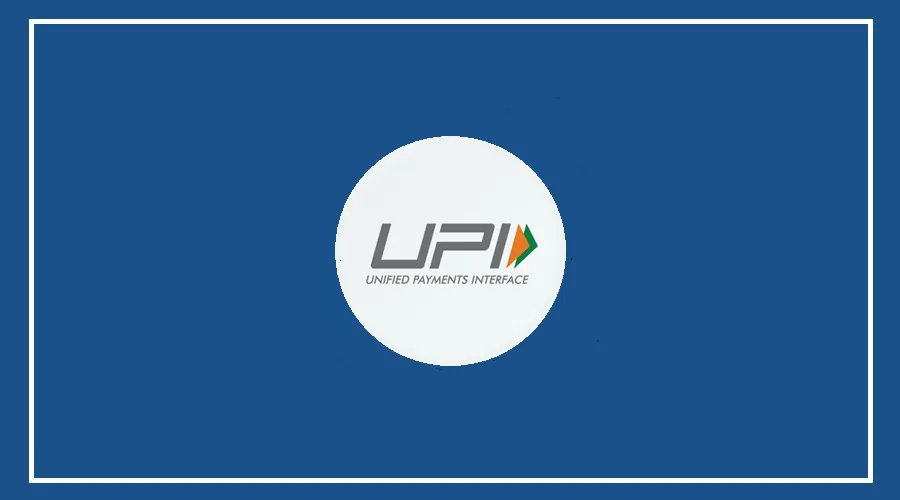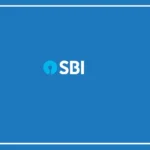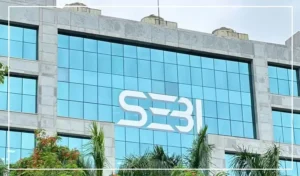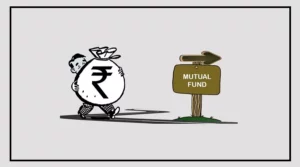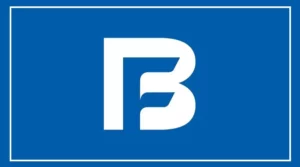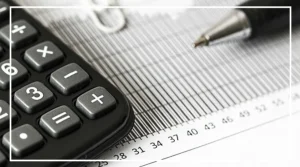RBI Governor Sanjay Malhotra has confirmed that while India’s Unified Payments Interface (UPI) is currently free for users, the operational costs are being paid by someone.
Speaking after the Monetary Policy Committee kept interest rates unchanged, he clarified that his earlier remarks didn’t mean UPI would always be free, but that costs exist and must be covered.
Right now, the government subsidises UPI transactions, but whether this zero-cost model can continue long-term is uncertain.
ICICI Bank’s New UPI Processing Fees Raise Questions on Free Model
UPI, launched in 2016 by the RBI-run National Payments Corporation of India (NPCI), now handles around 80% of India’s retail digital payments — about 30 crore transactions monthly, with 31 crore in July alone.
January 2020, UPI transactions have been exempt from the merchant discount rate (MDR) fees usually charged to merchants.
But starting August 1, ICICI Bank became the first to charge processing fees to payment aggregators, sparking debate on whether free UPI can last.
ICICI Bank now charges payment aggregators with escrow accounts 2 basis points (₹0.02 per ₹100), capped at ₹6 per transaction, and those without escrow accounts 4 basis points, capped at ₹10.
Payments made directly through a merchant’s ICICI Bank account remain free. This move responds to concerns about how to cover UPI’s infrastructure costs without charging consumers.
Malhotra Stresses Government’s Role in UPI’s Future
Malhotra highlighted that while deciding who pays the costs is important, the key point is that someone must pay.
He praised UPI’s free access and government subsidies for driving a huge rise in digital payments, with 18.4 billion UPI transactions recorded in June 2025 — a 32% increase from last year.
He added that the government will ultimately decide how to fund UPI going forward to keep it sustainable.


